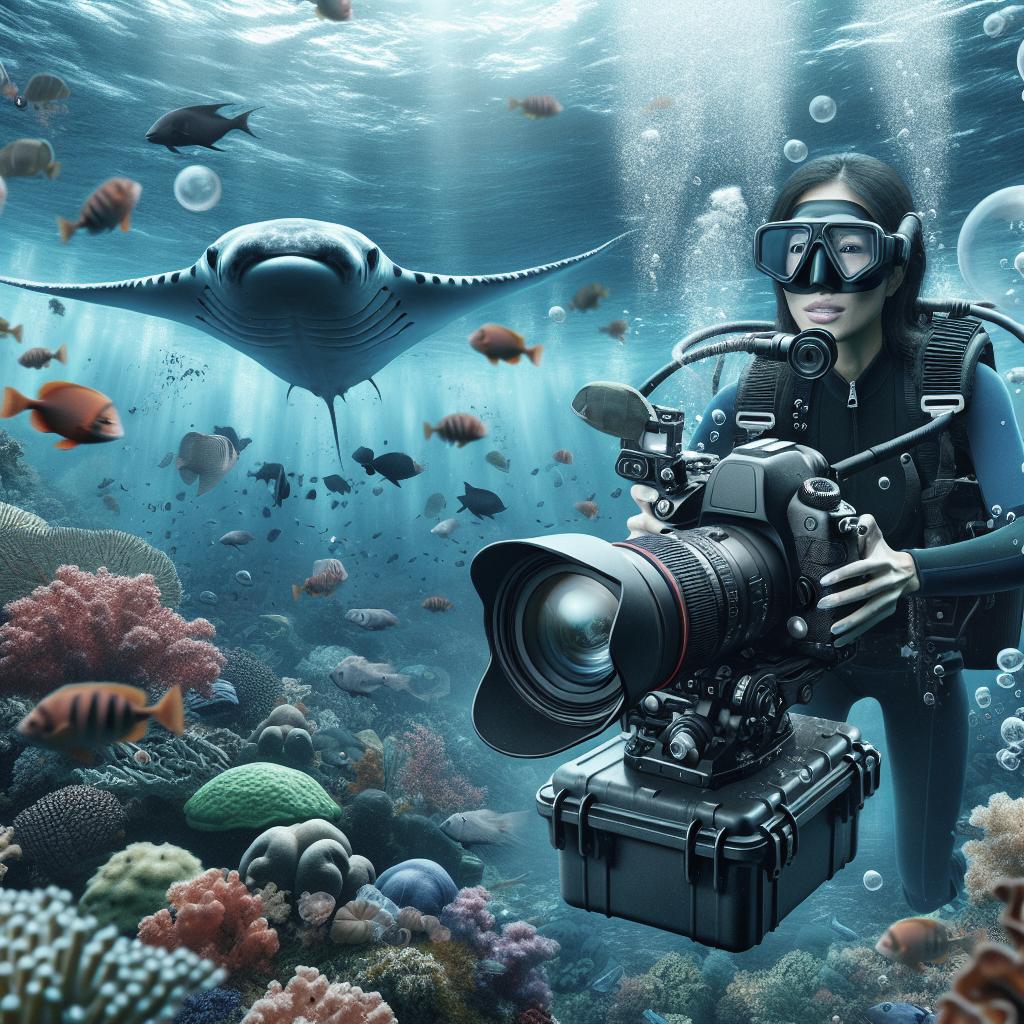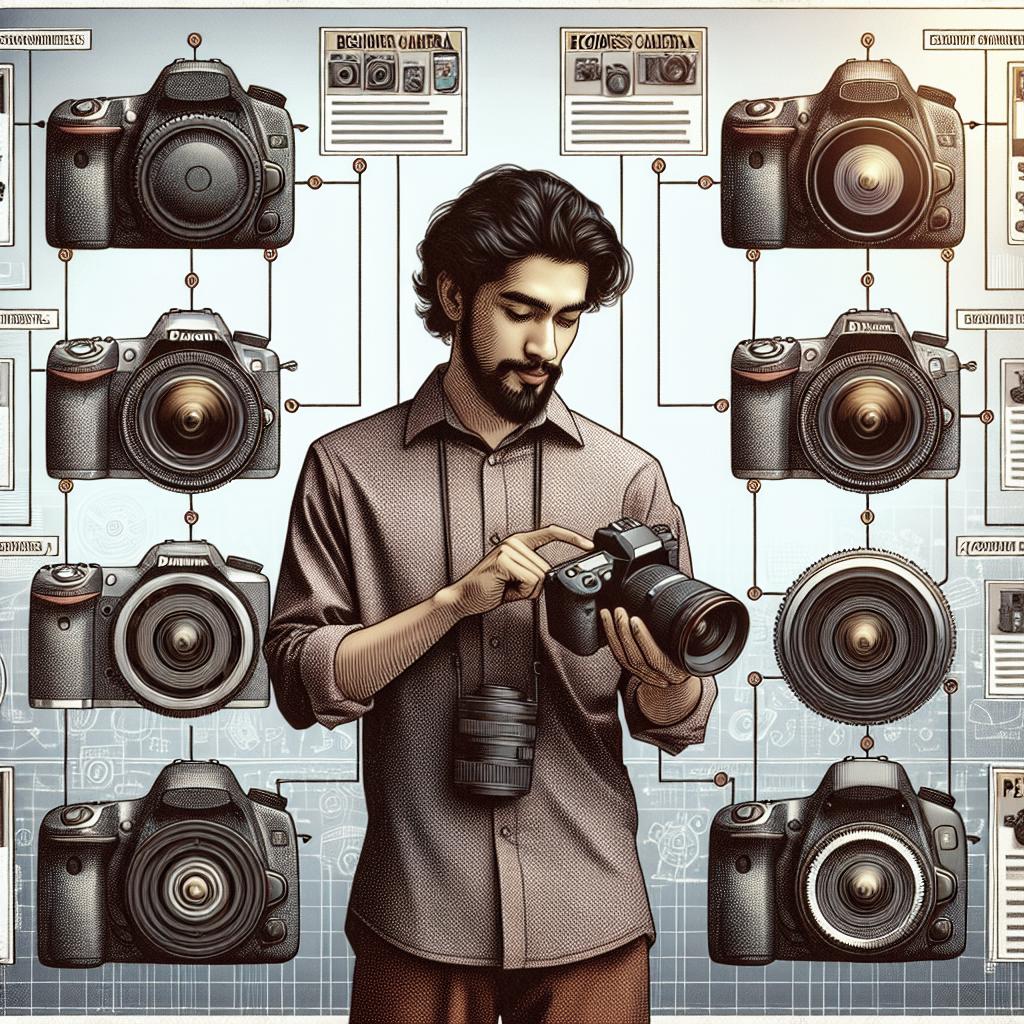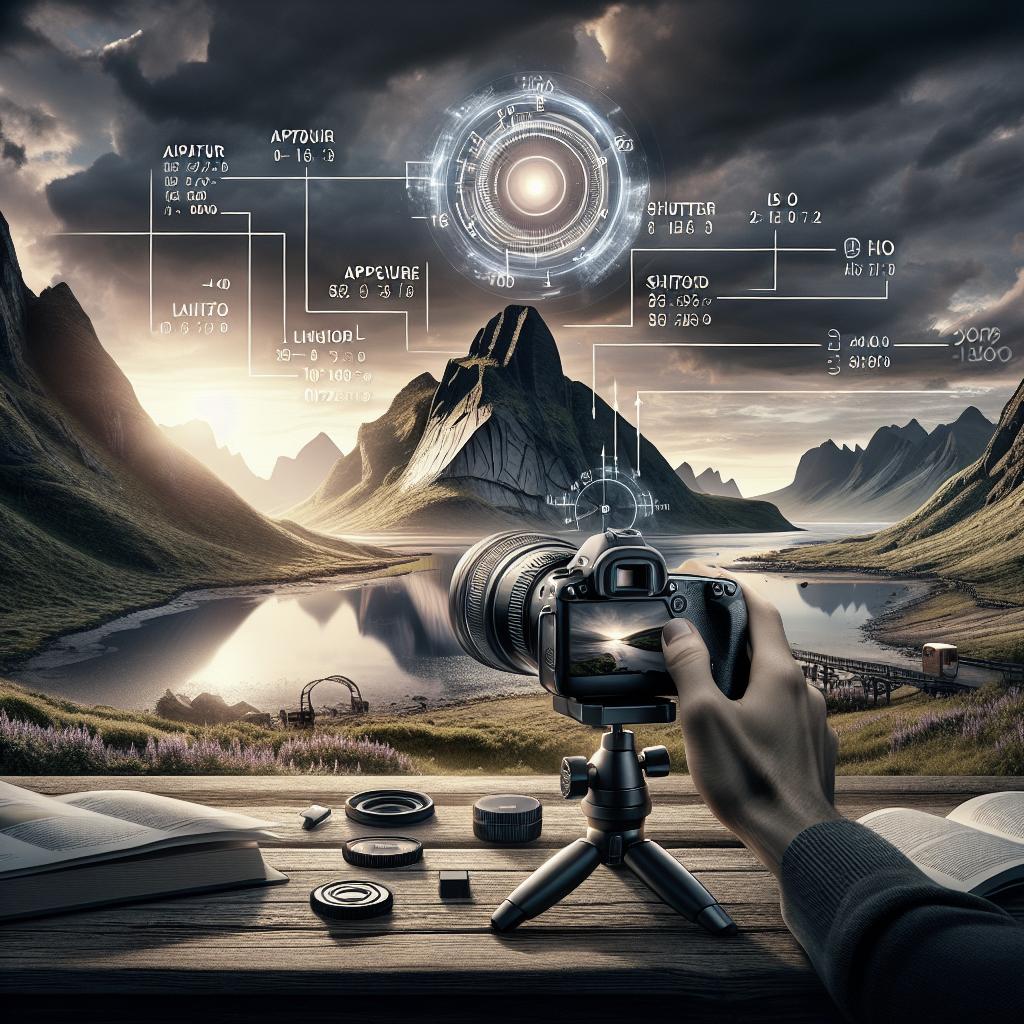“`html
Mastering Underwater Photography: Tips and Techniques
Diving beneath the waves opens the door to a spectacular world full of color and life. Capturing this beauty through underwater photography can be a thrilling experience, but it requires the right equipment, skills, and respect for the environment. This guide will take you through essential steps, starting with choosing your camera rig, mastering your diving techniques, and understanding basic photography concepts. Additionally, you’ll learn how to care for your equipment and the importance of being environmentally responsible. Whether you’re a beginner or looking to refine your skills, these tips will help enhance your underwater photography journey.
Step 1: Choose Your Camera Rig
Selecting the appropriate camera rig is crucial for ensuring clear and captivating photos. Beginners might prefer starting with compact waterproof cameras, which offer ease of use and often come with underwater settings. They are portable and can withstand certain depths without additional housing. For those seeking more control and quality, DSLR or mirrorless cameras with dedicated underwater housings and strobes are ideal for professional results.
Also, consider accessories like wide-angle lenses and macro lenses, which can expand your creative possibilities. Opt for gear that suits your skill level and diving conditions. Regular maintenance and understanding each component will prevent equipment failures and costly damages, ensuring your focus remains on capturing the beauty of the underwater world.
Step 2: Get Your Diving Dialed In
Before focusing on photography, it’s imperative to be a confident and proficient diver. Being comfortable and aware of your buoyancy allows you to concentrate on framing the perfect shot without unsettling marine life or damaging the environment. Fine-tune your skills through practice and perhaps even advanced diving courses.
Mastering your buoyancy control not only enhances your stability while shooting but also conserves air, allowing for longer dives. Pay attention to your body’s signals and maintain a steady breathing rhythm. Lastly, always dive with a buddy and ensure clear communication; the safety protocols should never be overlooked while pursuing the perfect underwater photograph.
Step 3: Learn and Practice Basic Underwater Photography Concepts
Mastering underwater photography requires understanding light behavior, composition, and subject selection. Water absorbs colors from the spectrum, starting with red, as you descend. This means your photos can look blue or green if you don’t use artificial light sources like strobes, which help in bringing out the true colors of the marine world.
Composition is another essential element. Whether you’re capturing a vibrant coral reef or a swift-moving fish, rule-of-thirds and leading lines can enhance your photos significantly. Practice framing your shots and anticipate the movement of your subjects. By continuously honing these skills, your underwater photography will be visually engaging and technically sound.
Step 4: Take Good Care of Your Equipment
Maintaining your photographic equipment is vital for its longevity and performance. Start by thoroughly rinsing it in fresh water post-dive to remove salt and debris. Pay attention to O-rings in your housing, ensuring they are clean and free of dirt to prevent leaks. Regularly check the housing seals and battery life of your strobes and cameras.
Store your gear correctly when not in use, keeping it in a cool, dry place. Consider professional checks periodically, especially if you frequently dive in challenging conditions. By taking good care of your equipment, you’ll ensure it remains reliable and effective, supporting your photographic endeavors without unexpected hitches.
Step 5: Respect the Environment
While capturing the underwater world’s wonders, always prioritize respecting the environment. Be mindful not to touch or disturb marine life and avoid resting on reefs or stirring up sediment—which can negatively affect the ecosystem and your photo quality. Practice the ‘leave no trace’ principle by taking only pictures and leaving only bubbles.
Promote sustainability by supporting eco-friendly diving practices and organizations dedicated to marine conservation. Your imagery has the power to raise awareness and inspire others to protect these underwater ecosystems. Ensure your passion for photography aligns with a commitment to preserving the environments you capture.
Categories
- Underwater Photography Tips
- Diving Techniques
- Marine Conservation
Related Posts
- Where Is My Buddy: What to Do if You Get Separated
- How to Be a Good Dive Buddy
- Underwater Photography Glossary
- Simple Tricks to Improve Your Air Consumption
Tags:
#UnderwaterPhotography #Diving #MarineLife #PhotographyTips #Conservation
Leave a comment.
Your feedback is valuable to us. Share your thoughts or add your tips on underwater photography in the comments below!
Future Prospects
| Steps | Details |
|---|---|
| Choose Your Camera Rig | Start with either compact waterproof or DSLR with housing, add lenses for creativity, maintain regularly. |
| Get Your Diving Dialed In | Focus on buoyancy control and safety; practice makes perfect. |
| Learn Underwater Photography Concepts | Understand light behavior, composition, and proper use of strobes for color enhancement. |
| Take Good Care of Your Equipment | Proper rinsing, inspection, and storage are imperative for longevity and functionality. |
| Respect the Environment | Be an eco-friendly diver; avoid disrupting marine life and adhere to sustainable practices. |
“`


